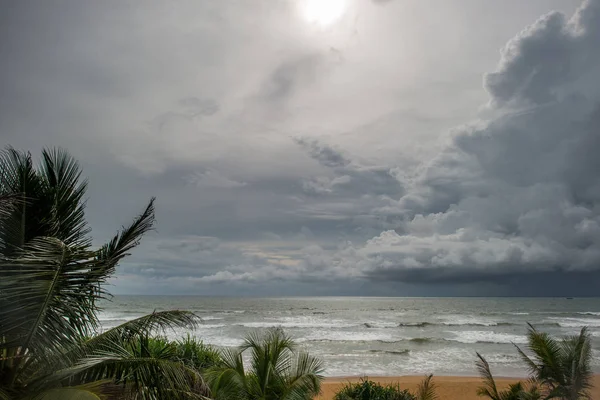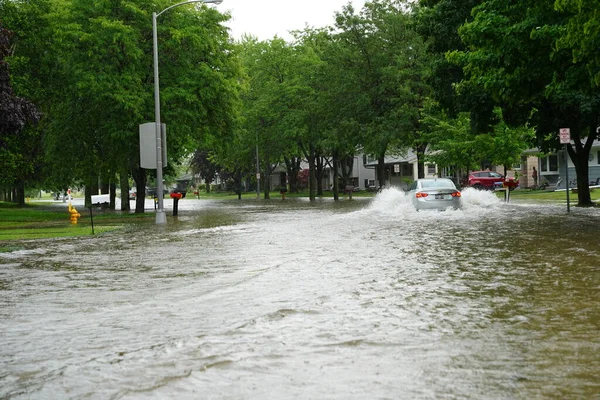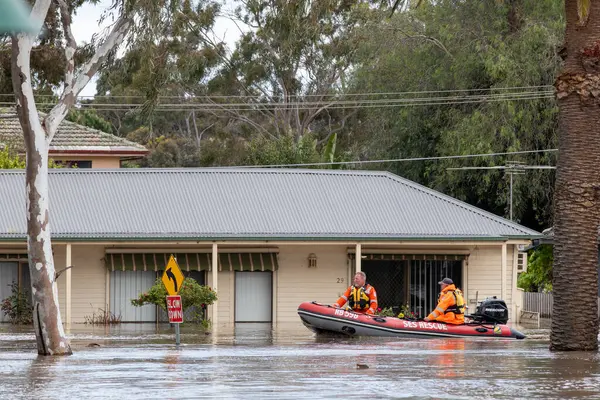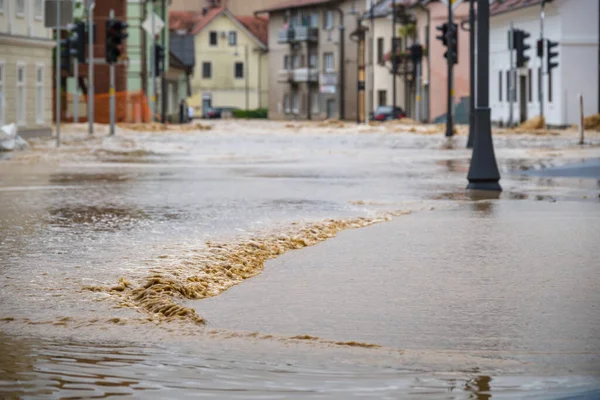
When a hurricane churns offshore or wildfires run wild through bone-dry hills, each minute of precise forecasting matters. But today, the National Weather Service (NWS) is confronting one of its most dire manpower crises ever just as the country enters its busiest storm season.

1. A Cut-to-the-Bone Workforce
Within the space of months, almost 600 NWS workers around one in seven have departed by firings, resignations, or retirements during the Trump administration’s campaign of downsizing. “We have a tight and heavily stretched situation,” National Weather Service Employees Organization legislative director Tom Fahy stated. Even prior to these reductions, the agency was below its best staffing levels. Now, for the first time in decades, the number of employees has fallen below 4,000.

2. Double Shifts and Reduced Services
Forecasters are working double shifts, converting to single-person nights, and depending on “buddy systems” where neighboring offices assist in keeping an eye out for bad weather in short-staffed areas. Outreach programs such as school visits and community readiness training have been cut back. “People are burning out,” one worker conceded, explaining how sudden bouts of illness now prompt surprise double shifts because “there’s no wiggle room anymore.”

3. Coastal Communities at Greater Risk
Lowered staffing has immediate implications for disaster preparedness in risk-prone coastal areas. Absent 24/7 coverage, key warning coordination functions remain vacant, hampering connections between forecasters and local emergency managers. As one NWS veteran, John Sokich, cautioned, absent continuous relationship-building, “They’ll be running blind during weather events.”

4. Weather Balloon Launches Cut Back
At least 10 American launch facilities have cut back or suspended weather balloon launches because of lower staffing. These balloons, laden with radiosondes, offer the finest vertical detail of temperature, humidity, and wind information satellites can’t totally replace. “There’s no doubt it will cause mistakes. It’s just how bad will it be,” declared meteorologist Matt Lanza. Schedules missed in critical upstream areas such as the Rockies and High Plains can travel downstream, impacting forecasts for the Great Lakes and Eastern U.S.

5. The Drain on Emergency Readiness
Budget reductions at NOAA’s research division and climate-specific laboratories are shortchanging investment in programs such as the Warn-on-Forecast program and the FLASH flood warning system. In Texas, the lack of a warning coordination meteorologist during the most fatal inland flood in almost 50 years highlighted the human cost of these gaps.

6. Burnout in the Ranks
Meteorologists are balancing aviation forecasts, storm tracking, and public queries without relief. Experts advise that mental flexibility is the key to maintaining performance under pressure. Techniques include planned shift rotations, peer networks, and mindfulness training to mitigate fatigue and stress. Without them, extended high-intensity workloads lead to loss of decision-making and accuracy.

7. The Slow Path to Recovery
Although the administration recently approved for 450 hires, federal onboarding lags. Longtime meteorologist Jeff Masters said political loyalty questions on applications might discourage qualified applicants. “It’s irrelevant to the job,” he cautioned, adding that restoring decades of lost expertise will take years.

8. Why This Matters for Public Safety
Severe weather events are becoming more intense and frequent, threatening 41 million Americans and $5.5 trillion in infrastructure with major flooding. The NWS’s capability to issue on-time, accurate forecasts is a front-line defense. As Chris Vagasky said, “Once you miss a flight, that data is gone forever.” Every observation gap raises the risk profile for communities at risk.

9. Remaining Resilient in Uncertainty
For emergency managers and active citizens, it is critical to remain informed through multiple credible sources. Developing local preparedness networks, promoting full funding and staffing of the NWS, and enhancing mental health for frontline forecasters can buffer against systemic pressure. The commitment of current personnel remains remarkable, but as Sokich warned, “You just can’t sprint a mile.”
While storms brew in the ocean and wildfires rage on land, the country’s forecasting backbone is experiencing unrelenting stress. The test of both the system and those who comprise it will show how the nation’s communities ride out the next few months.


